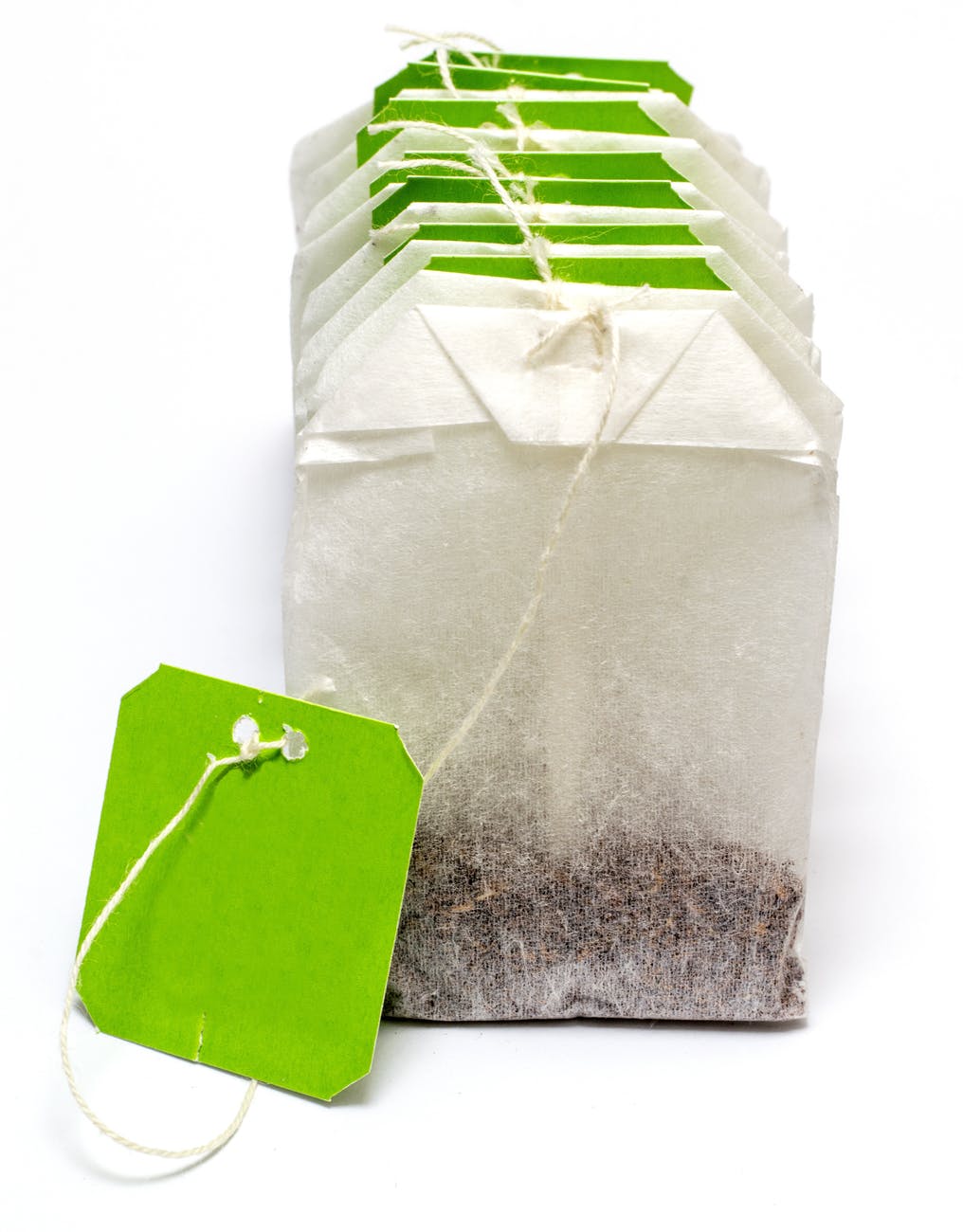
In common with many other environmental issues, when considering the use of a material, a ’cradle to grave‘ approach must be adopted in weighing up the environmental disadvantages against the advantages to mankind. Plastics, in many forms, are currently in demand. Whereas for certain purposes, plastics have merits and lessen the consumption of other materials, but these in all forms are not biodegradable
Currently we all live in the rise of the plastic age. Disposable type is on top of consumption list of plastic. Which means it’s almost difficult to live even a day without using some sort of disposable plastic whether it’s the plastic bottle/ cup having any drink in it, the disposable tray or container we used at lunch, or the plastic bag in our refrigerators that store our edible items. People are using and tossing off plastic at overwhelming rates.

Just over a century ago plastics were made from fossil fuels. Production and development of thousands of new plastic products accelerated at rocket speed, so converting the recent age that life without plastics would be bizarre today. In the recent past it was assumed that plastics revolutionized human life by introduction of safety gadgets like helmets, incubators and equipment for cleaning water and making vehicles light weighted, made space travelling easy by saving fuel consumption. As time went on, heavy iron, brass and wood items were replaced by light plastic. Our kitchens are full of plastic containers that have been replaced by old glassware. Restaurants and tea stalls also have replaced their natural earthenware with modern cheap plastic utensils. Water supply pipes, buckets and mugs were seen paving the way in the bathrooms. Even our daily wearable items like face masks, clothes safety kits, and luxury decorative items on our clothes have made up of plastic. Pen, pencils and other stationery items also have plastic material as an essential item as a part of their manufacturing. Lives had seemed very convenient because of plastic.
These plastic amenities offer, however, led to a throw-away culture and disturbed natural ecosystem that reveals the material’s dark side: Since the 1950s, around 8.3 billion tons of plastic have been produced worldwide and within just the past 50 years, plastic production has become doubled globally. Today, almost 40 percent of the disposable plastic produced per year, about 2 million plastic bags, a million plastic bottles and up to five trillion plastic wrappers are bought around the world every minute. Many of these products, such as plastic bags and food wrappers, have a lifespan of less than a minute to hours, yet their remnants may persist in our environment for many hundred years in micro plastic forms.

In the coming decades, it is expected that globalization of commodities and their increasing consumption rates will lead to depletion of natural resources. In this regard, crude oil is universally recognized to be a major unsustainable resource: its rapid utilization has caused an increase of the global atmospheric temperature by increments of concentrations of a number of greenhouse gasses, to levels that have largely exceeded the normal ones. Global warming and other environmental issues like haze, smog and relevant health issues are already under discussions. The majority of plastics currently used are contrived from crude oil and related fossil fuels, such as coal and natural. Furthermore, their decaying time prediction and, hence, their persistence in the environment go well beyond the expectations. In this way in this polluted world plastic became the bone of contention due to rapid consumption and persistence and appearing as the main villain.
Have we ever thought what happens to that plastic once they became trash? It doesn’t simply disappear into the thin air. Plastics don’t decompose like organic substances. Instead, they break down further into smaller and smaller parts, considerably of which ends up in oceans, where it is spent by marine wild life and eventually to humans through food webs. In this way it exists in our surrounding environment in some way or other and keeps on increasing the challenge to all ecosystems of our planet. Scientific research proof that wasted plastic if buried underground in landfills, it might stay buried until future generations rediscover it, but it’s leachate keeps leaking around its surrounding soil and changes the natural composition of soil; fertile soil becoming unfertile soil and barren. Same problematic story appears for plastic that reaches the ocean, some is wash away up on coastlines or consumed by wildlife. Furthermost remains in the sea where it breaks down into minor fragments.
When it ends up in landfills or incinerators, both PVC and PVDC can release highly toxic chemicals called dioxin, and bisphenol which are hormonal disturbers, says the World Health Organization. The major contributions to environmental degradation from plastic are generation of hazardous air pollutants (HAPS) and generation of hazardous waste (HW) and solid waste. This abolishes the ozone layer and actually produces or speeds up Global Warming. Eventually, the earth’s temperature is rising. The rise of the earth fever has caused ice caps to melt and many natural habitats to be devastated.

All types of plastic based solid waste further become a part of the environment either by mixing of waste water with freshwater or pure soil and with outside healthy air, so the process of uncontrolled contamination mixing begins, it must be checked. Till date, we are usually aware of 7 types of pollution which are; soil, air, water, noise, thermal, radioactive and light. But there comes the 8th type of pollution, which is plastic pollution. Gradually because of its drastic negative impacts this plastic pollution now became at tops the list of pollution types. It is impeding the ocean and wildlife health the maximum even plant lives are not out of risk. It is estimated that almost 80% of marine debris originates as land-based trash and the remaining 20% is allocated to at-sea. It is evaluated that around 90% of the plastics in the pelagic marine environment are micro plastics (less than 5 mm in diameter) created by nonstop process of weathering.
A glimpse at the world’s oceans can easily point out the dimensions of this plastic problem. A 2017 study by an environmental Foundation found that by 2050, earth’s oceans will contain more plastic than fish. Already, there are huge, submerged, moving concentrations of trash waste in the planet’s oceans, known as garbage patches. Great pacific sea between Japan and California, has a garbage patch, for example, is twice the size of Texas, the majority of that patch has plastic waste. This Great Pacific Garbage Patch, continually growing, it performs like a tornado, dragging ever more rubbish into its center.
Every other day we are getting the news that a large bird’s community had died having many small plastic in their guts or a pregnant whale was found dead with 50 pounds of plastic in the stomach. These figures are alarming and threatening. A material said to be environmentally friendly when it has the quality of being non-destructive for the surrounding environment. It is important to appreciate that this interaction works in reciprocating order, such as the effect of the material on the biologic environment and the effects of the biologic environment on the material. Any type of material from its working environment further enters into the surrounding atmosphere via either solid waste, sewerage waste, obnoxious gases or volatile compounds, thus polluting all land, water, and air systems.

Plastic marine debris is of particular concern due to its longevity in the marine environment, the chemical and physical risks it presents to marine and wildlife, and the fact that it is frequently mistaken as a food by aquatic organisms, and further its long-term contribution to the food chain and food web. The impact of plastic pollution through ingestion and entanglement of marine fauna, ranging from zooplankton to cetaceans, barnacles, mussels, fish, sea-fowls, marine reptiles, and their predators are well reported.
There are quite much to learn about ill health effects due to micro plastics, there exposure in animals has been linked to cell damage, liver abnormality, inflammation, cancer, neurological disorders, starvation, infertility and fetal disorders. Usually there are almost 50,000 plastic particles that each of us breathes and eats every year and the micro plastic pollution falling on some cities undoubtedly have an impact, particularly as many of the chemicals in plastics are known to foundation a variety of health complications. These micro particles can easily be penetrated to skin, nasal cavity, and via the respiratory system into other body organs and can be reasoned for by many diseases.
Plastic based Polymer releases a number of monomers in its working areas. These aerosols are air-suspended liquid or solid molecules that contain a variety of micro plastic of many polymer composite materials along with other microbial organisms. This suspended particulate matter of aerosols produced during different procedures and consumption processes further reduce the indoor air quality (IAQ).

Major sections of the society are progressively awaking and accepting the damaging properties of plastic, so they are taking practical steps to reduce plastic ill impacts. The use of certain disposal plastic items especially plastic bags are being banned in many countries some, in fact, banned the production of plastic and its goods. At least some people apprehend these pollution facts and start using jute and cotton bags which are generally environmental and reusable. Due to cancer-causing effects of plastic many users alter back to glass containers and jars for storing their food items. Besides plastic recycling has been extensively efficacious in reducing this plastic pollution and halts further manufacturing of plastic from scratch again which helps to a great extent. Research is also under process to reuse plastic such as generating electricity and also finding a better environmental substitute for it in the forthcoming future. Actually, at global level many countries took pioneer step and passed international laws related to excessive use of plastic and they are constantly working to reduce its harmful effect on earth.








